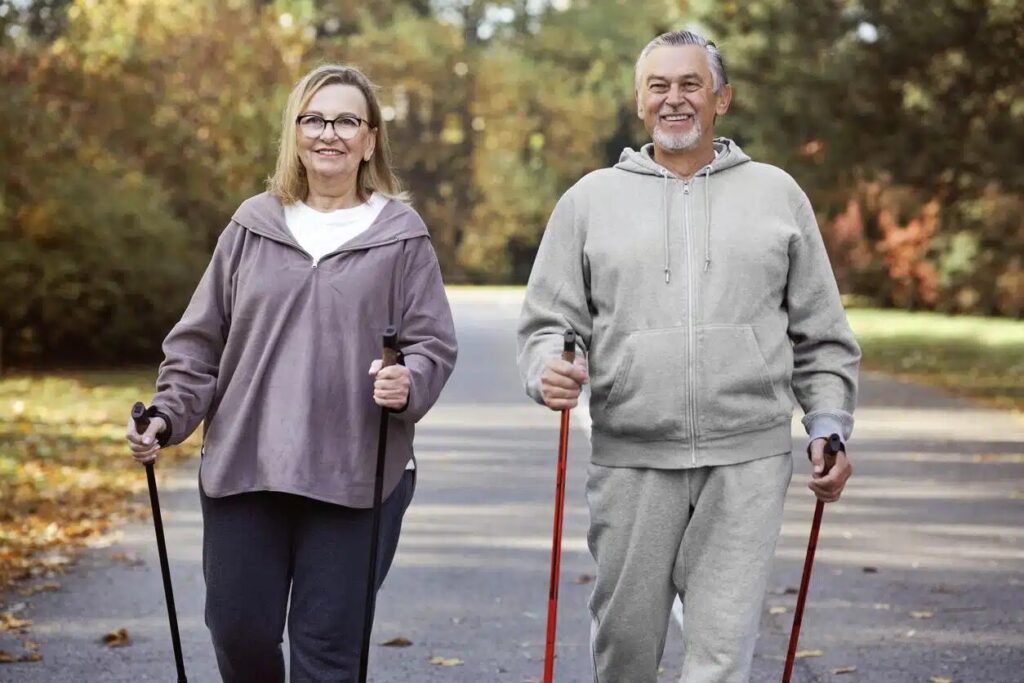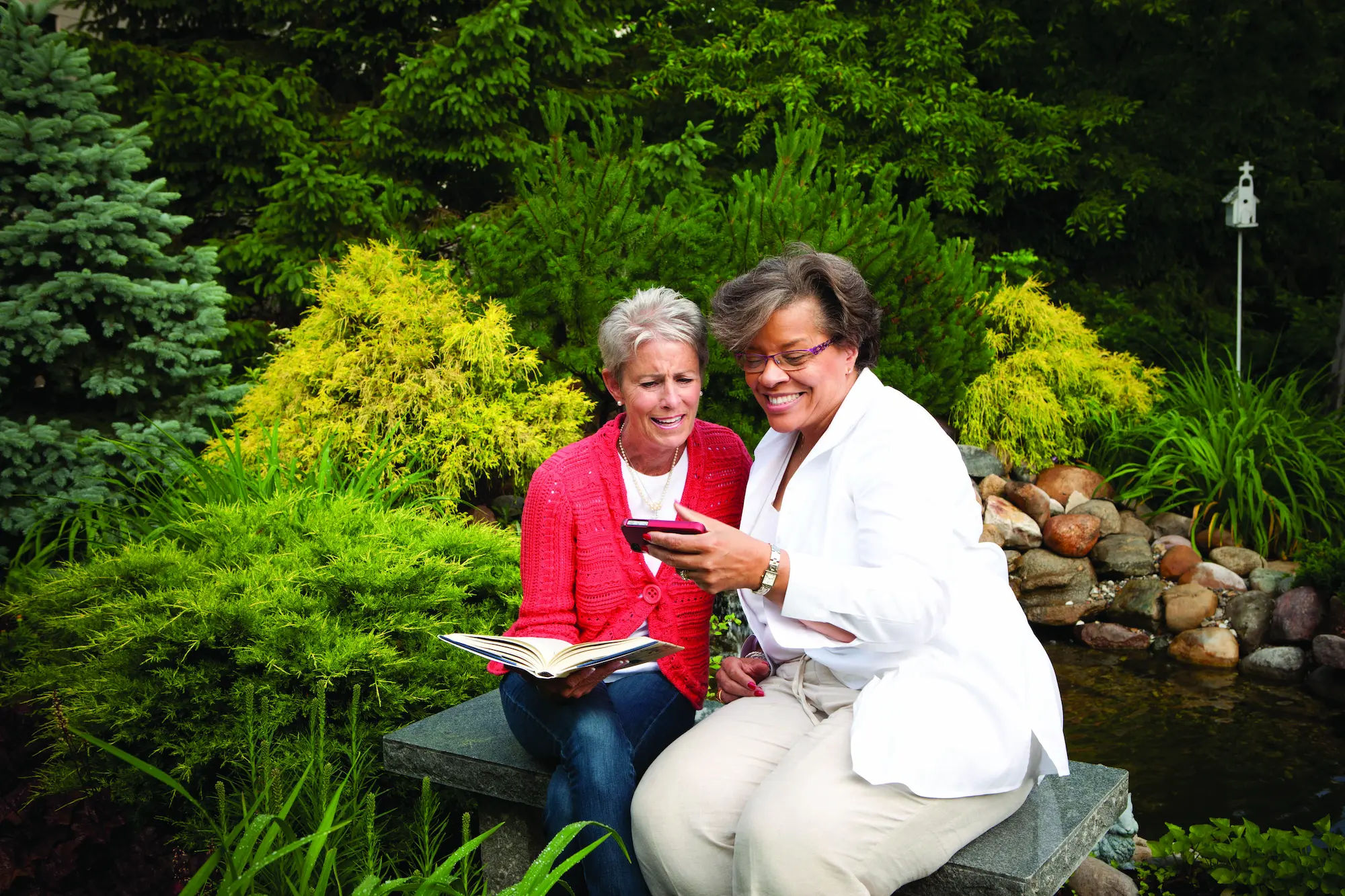A Guide to Walking – The Ultimate Exercise for Your Health
Walking is aptly described as the most ‘user-friendly workout’ available for maintaining your fitness level. With zero expense and a multitude of health benefits, it’s a fantastic exercise, especially for individuals in their golden years.
As we age, maintaining a consistent exercise routine becomes pivotal to ensure optimal quality of life – your wellness, endurance, and vigor. Plus, the good news is that all you need to get started is some comfortable attire and good, supportive footwear.
Let’s explore the multitude of advantages walking offers to everyone, including some walking strategies ideal for senior health.
The Remarkable Perks of Walking
Some lasting benefits include:
- Heart Health: Walking is a ticket to reducing the risk of cardiovascular disease. It elevates your heart rate, ensures efficient blood flow, and diminishes the potential hazards of cardiac conditions.
- Psychological Wellness: Beyond the tangible physical rewards, walking is a mental retreat. It acts as an antidote to stress, gloom, and emotional fluctuations. The steady rhythm of footsteps can be mentally soothing.
- Flexibility in Joints: As the years increase, maintaining joint flexibility becomes vital. Walking fortifies the muscles supporting the joints and alleviates rigidity, especially in pivotal areas like knees and hips.
- Preserving Bone Density: Walking, a weight-bearing activity, can slow the loss of bone density, thus minimizing the chances of osteoporosis and bone fractures.
- Lower Blood Sugar: A 15-minute walk after a meal can lower the spike in blood sugar some experience after eating.
- Slows Cognitive Decline: One recent study found that active seniors had a 20% lower risk of cognitive impairment, while a similar study found that walking two to four hours a week can improve cognitive function in healthy seniors.
Tailored Walking Techniques – Something for Everyone
Here are some recommended walking styles to promote your overall health:
- Paced Walking: A notch above an amble, paced, brisk walking accelerates the heart rate, rivaling mild aerobic workouts. A good indicator of brisk walking: You can talk but might struggle to belt out a song!
- Staggered Walking: This entails switching back and forth between a standard and a brisk pace intermittently. Excellent for heart health, it can be modified to fit your endurance capacity.
- Nordic (Pole) Walking: With its roots in Finland, Nordic walking uses special walking poles akin to ski poles that can be purchased in the Live Well Center. This method provides a full-body workout, giving equilibrium and support, which is particularly advantageous for seniors.

Integrating Walking into Your Daily Life
Some strategies to weave walking into your daily pattern:
- Dawn Routine: Start your day with an energizing walk. Relish the serenity, absorb the morning rays, and kick-start your day with a dose of positivity.
- After-Meal Strolls: Brief post-meal ambles can enhance digestion and maintain flexibility, and as we said, help prevent spikes in blood sugar levels.
- Communal Walking Groups: Numerous locales have senior-specific walking clubs. This option offers consistent walks with the bonus of social interaction, making the entire endeavor delightful, and it’s available right here at Westminster Village. Live Well Manager, Justin Cloud, has organized several walking groups, and you’re invited to join in the fun at any time!
The Optimal Step Count
It’s a widespread notion that we should clock in 10,000 steps daily. This metric, however, was popularized by a marketing gimmick from a Japanese pedometer company. In actuality, research suggests that health benefits begin with just 2,000 steps daily, peaking at around 7,500 steps.
So, for vigorous retirees, aiming for 2,000 to 7,500 steps daily will benefit your health, and opt for open-air walks whenever feasible.
The 150-Minute Option
If gadgets and counting steps aren’t your cup of tea, the CDC makes this suggestion: 150 minutes of moderate-intensity activity weekly. This can be met by walking 30 minutes daily five days a week.
The walking styles highlighted, along with alternatives like cycling or swimming, can aid in meeting the CDC’s recommended 150 minutes. If you’re a beginner, even 90 minutes weekly can be beneficial, and once you become comfortable, you can easily build to hit the 150-minute mark.
Regardless of how you measure your daily activity—be it steps, time, or a blend of the two—walking is the key to safeguarding your well-being, one stride at a time.
Westminster Village – The Ultimate in Active Retirement Living
If you’re retired or are nearing retirement and thinking about new living arrangements, we urge you to consider Westminster Village, where the emphasis is always on enjoying an active, vibrant lifestyle. You’re invited to schedule a visit to explore our services and amenities as well as the many benefits of living an active, independent life at Westminster Village.



